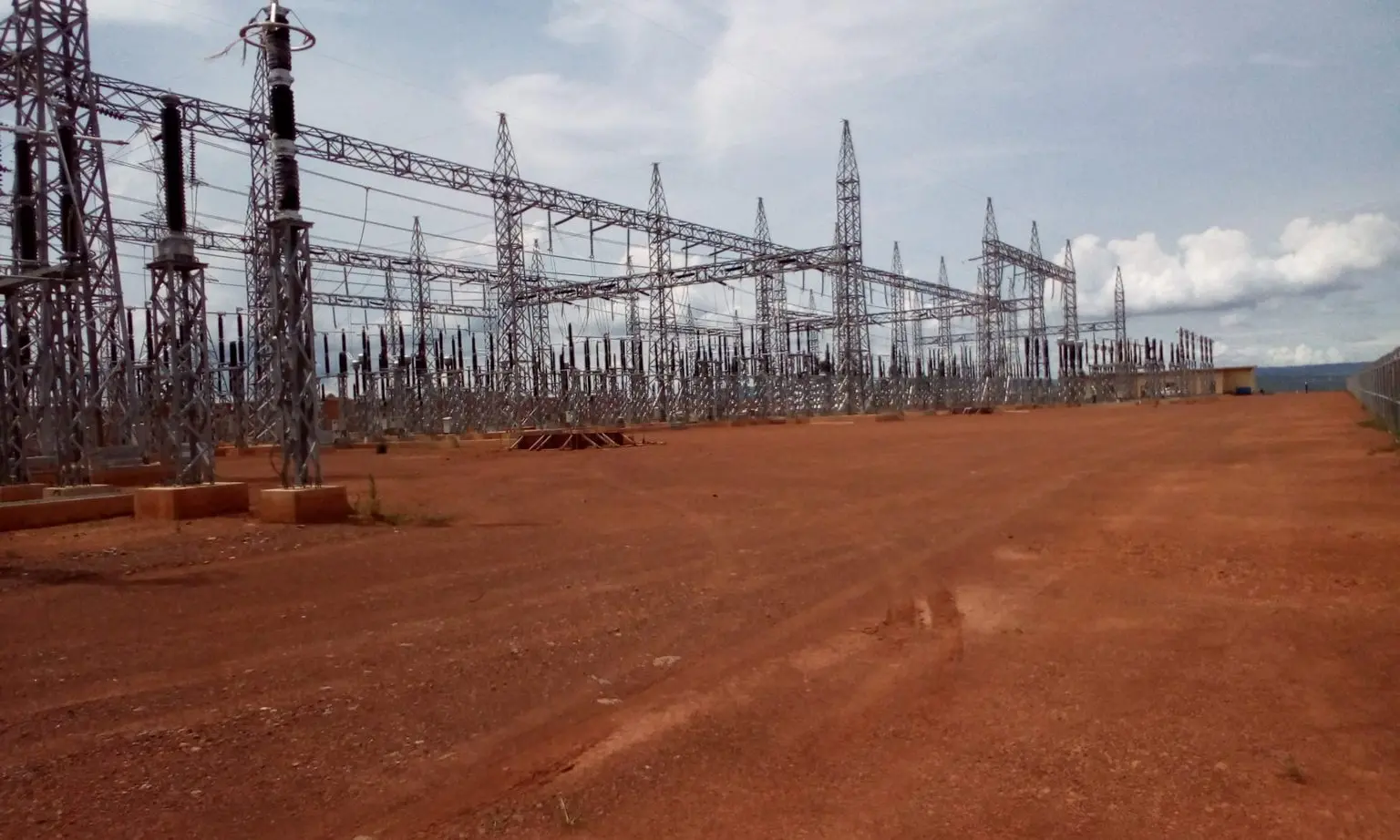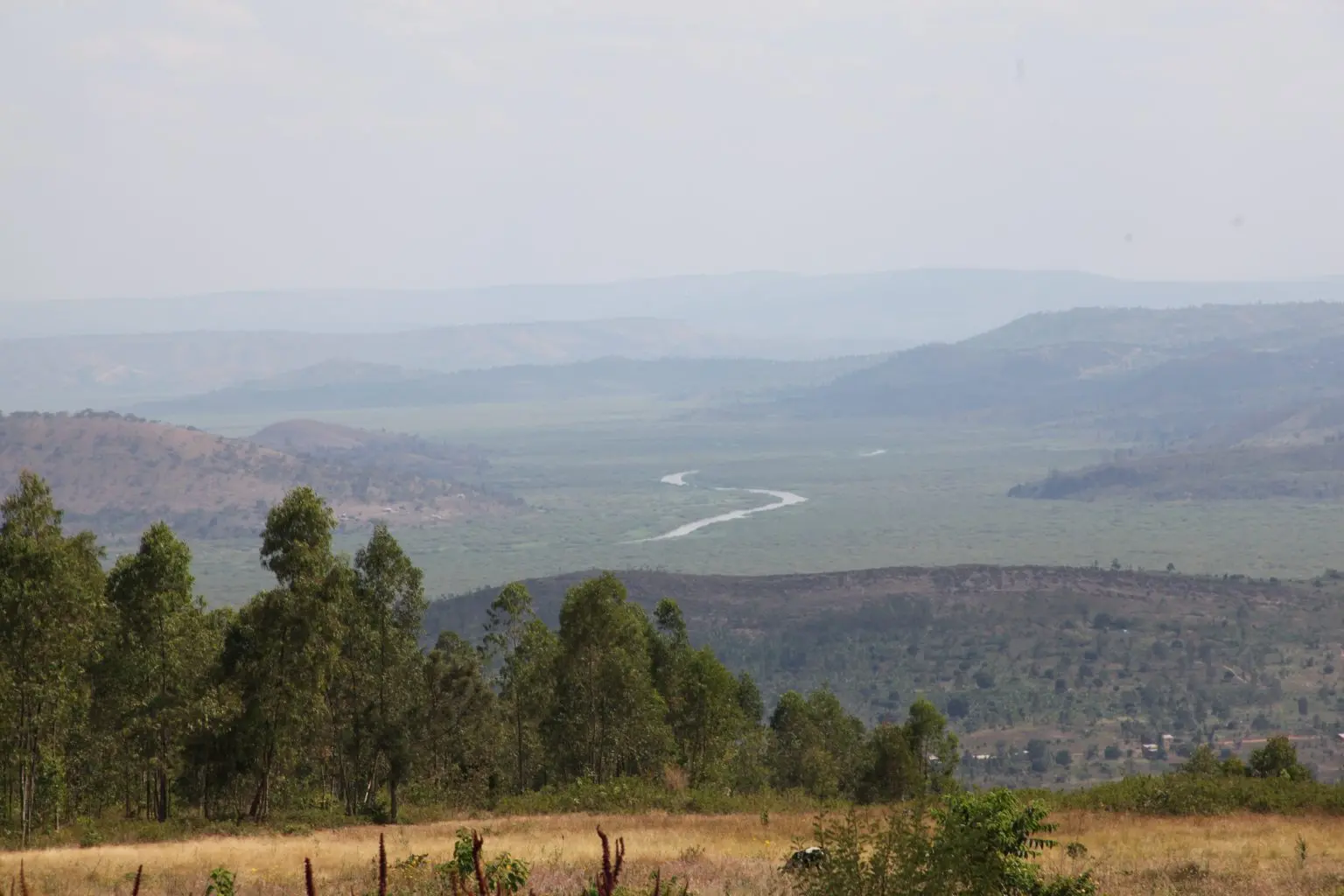
The Regional Rusumo Falls Hydroelectric Project (RRFP), implemented by the Nile Equatorial Lakes Subsidiary Action Program (NELSAP), is set to benefit residents in the eastern part of Rwanda, northern part of Burundi and western part of the United Republic of Tanzania.
The joint development was entered by the three governments through a Tripartite Agreement signed on February 16, 2012.

The construction activities began in 2017 and the project is expected to be completed in 2023.
The project is located at Rusumo Falls, at the common border of Rwanda and Tanzania on River Akagera.
The power production facilities are located entirely on the south side of the bank of the Akagera River in Tanzania, while the substation is located on the northern side of the bank of the river in Rwanda.

As a nonprofit journalism organization, we depend on your support to fund journalism covering underreported issues around the world. Donate any amount today to become a Pulitzer Center Champion and receive exclusive benefits!
The hydropower project, to cost $340 million, is estimated to produce about 80 megawatts of electricity.
However, residents who spoke to Rwandanews24, said that although the Rusumo Falls hydropower plant is about to be completed to supply electricity, the construction works have disturbed biodiversity in the area, leading to the loss of some species.

“Before the construction of the current Rusumo hydropower plant in this site, we used to experience some animal species such as 'Inkubi' that used to live in the forest, which was cut down. It has disappeared,” said Patricia Uwingabire, who lives near the Rusumo Falls in Nyankurazo cell, Kigarama Sector in Kirehe district.
The forest that used to accommodate such animal species, she narrates, was covering an area of more than 15 square meters.
“Some animals have escaped and are no longer there because they lost their favorite habitat. The fruit trees were also cut down and they would have died of hunger if they had stayed there. They had to go somewhere to find food,” she said.
Apart from the animal species known as Inkubi, she noted, this forest was home to another type of animal known as Inkima (monkeys).
Uwingabire said that most of them have vanished.

The impact on residents’ daily life
Uwingabire said that some monkeys that remained in the area are currently in conflict with residents as they ruin their crops searching for food.
Jean Népomscène Hakizimana from Bwesige Village reiterated that farmers are facing a big problem because crops such as maize and bananas are damaged by monkeys, which take them as their favorite feed.
“We always collide with them in our farms when we go to harvest. They are not leaving because after cutting down the forest where they used to get food, they started to destroy plants,” he said.
In addition to destroying the crops, those who depend on the fishing business are now suffering as they are among the biodiversity species that have decreased in the Akagera River's waters.
"Fish have disappeared and are no longer found in the water. There are other aquatic species that have disappeared and others died due to the construction of the Rusumo Falls hydropower plant. As a resident of Rusumo, we used to harvest fish and earn income as a business, but we have lost it,” he said.

As a result, the fish price has increased fivefold, the residents said.
“Before the construction of the Rusumo Falls hydropower plant, we used to consume fish as affordable food for us in this area. One good big fish was costing Rwf2,000. Today, even a medium fish is costing Rwf10,000. This is because the water level has decreased and the fish disappeared. Some of them died. The fishing community is no longer harvesting enough,” added Dajou Uwanyagasani, another resident.
Dr. Gaspard Bikwenu, the Environmental Officer in the Rusumo hydropower project, said that the water level decreased only in the part where the plant is being built.
“The water will decrease at a distance of 1km from the waterfall even if it will not continue because it will decrease at the rate of 10%, but not the entire water of Akagera River. Fish will also decrease, but at a distance of 1km. You understand that what they say that the fish have disappeared because of the construction of the falls is not true,” he said.

Regarding the destruction of forests and disrupted species that damage the people’s crops, Dr. Bikwenu said, “It is planned that after construction, we will dispose of the equipment that are being used in various construction works. We will establish a perfect garden and forest that is attractive to tourists. We will do it better than what we found there.”
He said that the animals that used to live in the forest are expected to come back once nature is restored.
“This is because we will plant trees on the banks of the river and everywhere else around the buildings, including where the trees were cut down. We will work with environmental experts who will help us choose the right tree species for this area and the animals that used to live there will come back once the forest is restored,” he said.
What do environmental and ecosystem experts say?
Before construction works start in a certain place, an Environmental Impact Assessment (EIA) is first carried out.
The assessment shows how the project will minimize negative impact on the environment and biodiversity species that live in the habitat.
Prof. Jean Nduwamungu, a Lecturer at the University of Rwanda and an expert in protecting the environment and ecosystems, says: “Seeing animals running away from such construction sites makes sense as they live in the wild land, yet the forests, which are their habitat, have been cut down."
The developers should have considered how the impact would be mitigated by planting trees wherever possible near the falls and near the buildings. I hope they will probably replant the forest after the construction.”
More trees should be planted to prevent soil erosion from the hills to avoid washing away neighbors’ land, he said.

According to Emmanuel Niyoyabikoze, a specialist in the Burundi Environmental Protection Authority, the project itself is beneficial for Burundians as it will increase electricity in rural areas.
However, he said, some animal species that were living in deforested areas will no longer be able to survive, including rabbits, snakes, frogs and other species.
“Some of the wild animals will totally disappear as their habitats have been cleared. Some will seek refuge in other areas in the Akagera River Valley, while others will starve to death,” Niyoyabikoze said.
According to this expert, if nothing is done, the project’s activities may have permanent impacts on the environment, such as the loss of vegetation, including trees and shrubs in the right-of-way of transmission lines, which will lead to the destruction of terrestrial animal habitats.

Restoration
According to Dr. Ange Imanishimwe, the Chief Executive Officer of BIOCOOR—Biodiversity Conservation Organization in Rwanda—says that the animals that used to be placed in construction sites will not return because there are animals that have problems when their habitats are destroyed and they will not come back.
“It is good that the forest will be replanted so that the species can appear again in this area, but some will not come back and new ones will be born because there are suspicious animals that cannot return to where they came from because they are destroyed.”
He continues that the new species that can be found in dams are frogs, mosquitoes, large aquatic insects, aquatic snakes and other wildlife species.” Said Dr. Imanishimwe.
The construction work is expected to be completed in 2023.
This story was written in collaboration with Ferdinand Mbonihankuye, an environmental Journalist from Burundi.
This article was produced with the support of the Rainforest Journalism Fund in collaboration with the Pulitzer Center.









